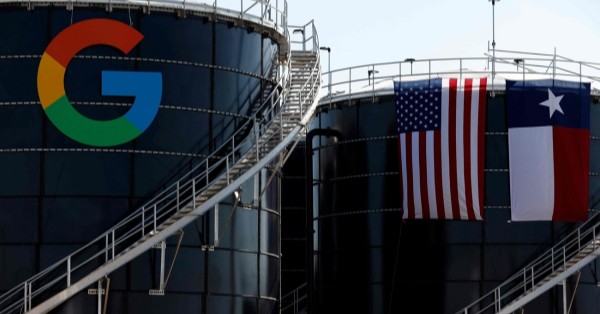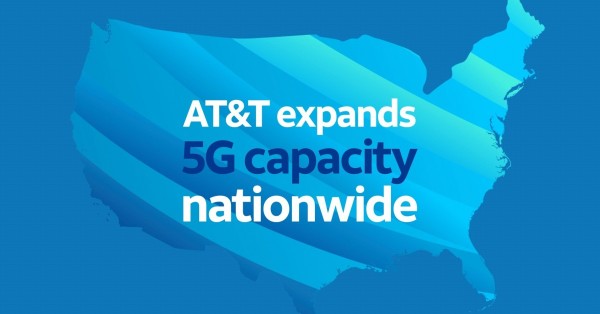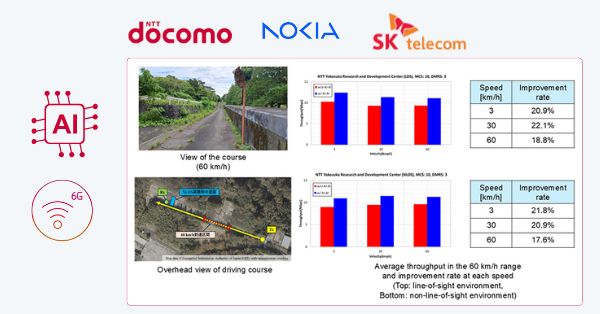Why CTIA’s Catalyst Delivers Mobile-First Impact Now
A new impact study shows CTIA Wireless Foundation’s Catalyst program has touched 30 million Americans since 2019, underscoring how mobile-first tools can scale social outcomes faster than traditional interventions.
Small Grants, Outsized Mobile Reach
The Foundation has invested just over $1 million in unrestricted grants yet reports benefits to nearly one in 12 Americans—evidence of the leverage that wireless distribution, app stores, messaging, and APIs can create when paired with practical problem-solving. More than 30 social entrepreneurs have received support through Catalyst, selected from over 800 applications across 46 states. For telecom leaders, the takeaway is clear: modest, well-targeted funding combined with mobile channels and carrier-grade networks can produce nonlinear impact, particularly in domains (public safety, health, mental health, road safety) where ubiquity and low friction matter more than heavy infrastructure.
Aligning with 5G, AI and Policy Priorities
The program sits at the intersection of technology and public interest. CTIA Wireless Foundation—formed by CTIA member companies and now led by executives including Dori Kreiger (Executive Director) and Ajit Pai (also President & CEO of CTIA)—has spent more than 30 years catalyzing wireless-enabled social innovation. Today’s priorities map closely to national policy discussions: equitable access, emergency response, behavioral health, and safer communities. As 5G coverage expands and edge AI matures, the Catalyst portfolio provides a pipeline of use cases that regulators, carriers, and civic leaders can support without building from scratch.
Study Findings: 30M Reached via Mobile
The new analysis highlights demand, diversity of ideas, and scale achieved through mobile-first approaches.
Key Metrics: 30M Reached, $1M in Grants
The Catalyst program reports: 30 million people reached; more than 30 social entrepreneurs supported; over $1 million in unrestricted grants; and 800+ applications from innovators across 46 states. That breadth suggests strong founder interest in wireless-enabled models and a national footprint of community needs. Unrestricted funding is notable; it accelerates iteration and deployment, especially for startups and nonprofits that must prove outcomes quickly to win public-sector and payer contracts.
How Mobile-First Solutions Scale Social Impact
Projects typically use capabilities widely available on smartphones and carrier networks: SMS/RCS for low-friction engagement, app-based experiences for richer workflows, location and geofencing for safety use cases, and APIs that integrate with public agencies or health systems. In practice, this lets teams reach hard-to-serve populations without requiring new hardware or specialized provisioning. For telecom solution architects, the lesson is to design for lowest common denominator access first, then layer 5G, network APIs, edge inference, and device-native features to enhance reliability, privacy, and responsiveness.
Implications for Carriers, Vendors and Cloud Partners
There is strategic value in treating social innovation as a go-to-market pathway for network capabilities, not just philanthropy.
Pipeline for Purpose-Built 5G and IoT Solutions
Mission-driven apps often stress-test capabilities that enterprises also need: assured connectivity, location precision, low-latency alerts, and secure data exchange. Carriers and vendors can use programs like Catalyst to identify repeatable patterns—think event-driven messaging for crisis response, edge analytics for safety, or telemetry for population health—that can be productized. Relevant standards to consider include 3GPP mission-critical services for reliability features, NG911/i3 for emergency interoperability, and FHIR for health data exchange. Packaging these into solution blueprints can shorten sales cycles with public agencies and regulated industries.
Strengthen ESG and Regulatory Cases with Measurable Outcomes
With Ajit Pai serving in leadership roles across CTIA and the Foundation, the initiative also builds connective tissue with policymakers. Demonstrable impact at scale—especially with limited grant spend—helps the industry make a case for spectrum policy, network investment, and responsible AI frameworks. To maximize credibility, tie social deployments to outcomes data (response times, engagement rates, cost avoidance) and publish standardized metrics that public-sector partners can verify.
Guidance for Social Innovators and Enterprise IT
Teams looking to scale mobile-first services can apply hard-won lessons from the Catalyst community.
Design for Ubiquity, Privacy and Resilience
Favor channels that work on any device with intermittent connectivity, and degrade gracefully. Keep onboarding under a minute. Minimize data collection and align with applicable compliance regimes; for health-adjacent use cases, map to HIPAA and FHIR workflows, and for public safety, ensure chain-of-custody and auditability. Build offline failsafes, localized content, and multilingual support to increase reach and trust.
Blend Funding with Distribution and Procurement
Use early grant capital to prove outcomes, then expand through carrier partnerships, cloud marketplace listings, and public-sector procurement. Align your metrics to the budgets that pay for results (e.g., health plans, city safety programs, school districts). Secure letters of support from agencies and integrate with their existing systems to reduce friction—APIs and reporting dashboards tailored to agency KPIs matter as much as the app itself.
What to Watch in 2026: 5G Advanced and Policy
Several technology and policy shifts could amplify the next wave of mobile-first social innovation.
5G Advanced, Network APIs and On-Device AI
As 5G Advanced rolls out, expect better positioning accuracy, device energy efficiency, and exposure of network APIs for quality-on-demand and slicing in select environments. Paired with on-device AI, apps can deliver faster, privacy-preserving detection and decision support for safety and health scenarios without round-trips to the cloud.
Resilient Connectivity, Alerts and Interoperability
Non-terrestrial network options and enhanced cell broadcast capabilities will raise the bar for emergency reach. Interoperability standards such as OASIS CAP for alerts and NG911/i3 for next-gen emergency services will be increasingly essential for public-sector integrations and multi-agency coordination.
Evidence Over Anecdotes
Grantmakers and agencies are moving toward outcome-based funding. Expect tighter requirements for measurement frameworks, third-party evaluations, and cost-effectiveness analyses—advantages for teams that instrument their products from day one and publish transparent impact dashboards.
Bottom Line: Mobile-First Grants Driving Scale
The CTIA Wireless Foundation’s Catalyst program demonstrates how targeted, unrestricted funding plus ubiquitous mobile channels can deliver population-scale impact in just a few years, and it offers telecom stakeholders a practical path to convert network capabilities into verifiable social and business value.









































